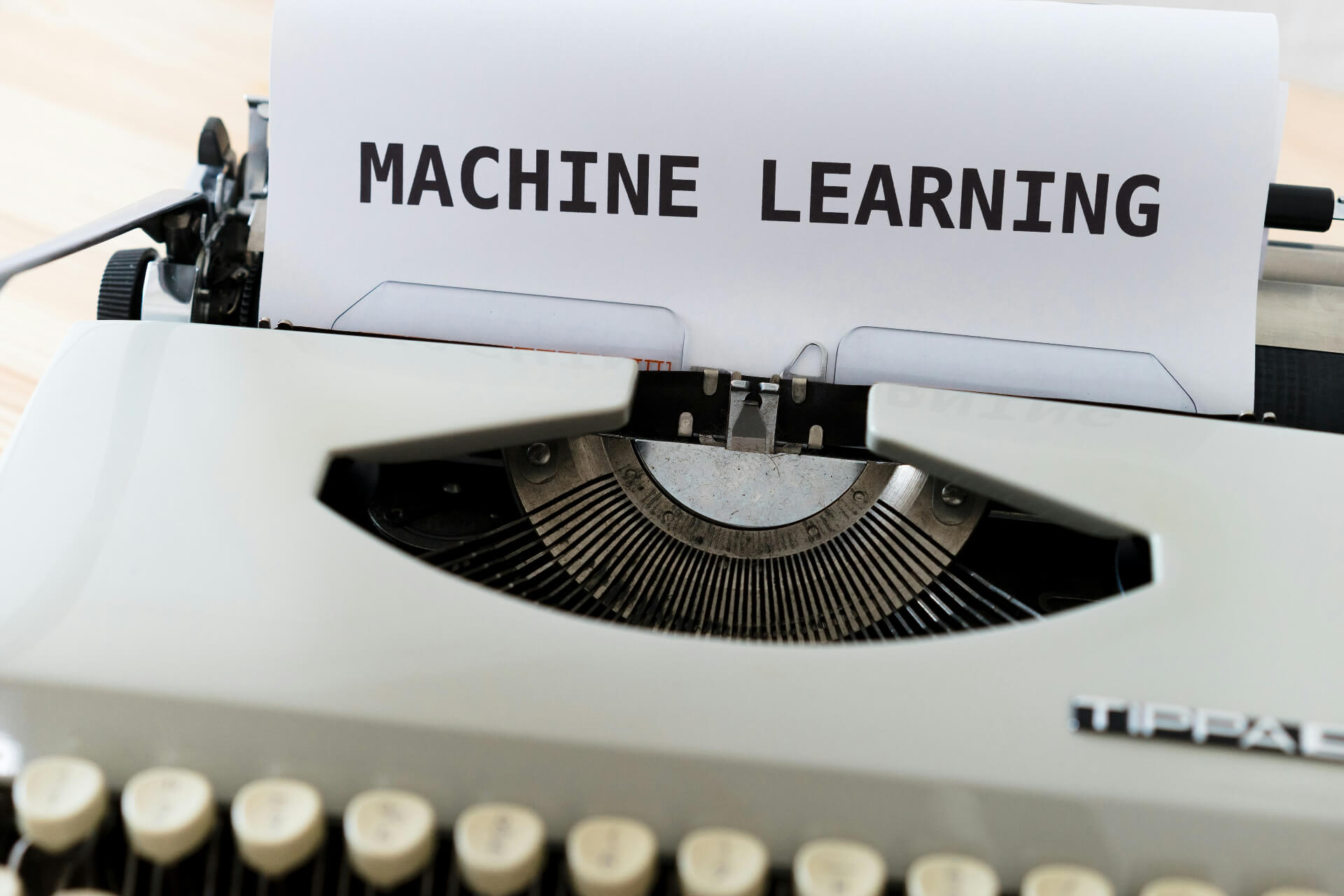
What Is Active Learning in Machine Learning?
December 27, 2022 - Ellie Gabel
Revolutionized is reader-supported. When you buy through links on our site, we may earn an affiliate commision. Learn more here.
As any teacher can attest, students typically learn better when actively involved in the lesson. This concept, called active learning, has been around for a while, and it’s starting to seep into machine learning, too. So, what is active learning in machine learning, and how can developers and businesses use it?
What Is Active Learning?
Active learning in machine learning is similar to how it works with human students. In these projects, ML models take an active role in their own training process, just like how teachers involve students in interactive lessons.
More specifically, active learning in ML happens when an algorithm chooses the data it will learn from. Instead of using an entire dataset, which can contain hundreds of millions of data points, a partially trained model will select a smaller subset that it predicts will yield the best results.
Active machine learning typically follows one of three methods:
- Pool-based sampling
- Stream-based sampling
- Query synthesis
In pool-based sampling, the model chooses the training examples from a large pool of unlabeled data, whereas in stream-based sampling, it chooses from an unlabeled stream as it’s training. In query synthesis, the algorithm generates its own synthetic data to learn from.
Benefits of Active Learning in Machine Learning
Regardless of the specific approach it takes, active learning in machine learning offers some substantial advantages. Here are a few of the most significant.
Improved Efficiency
The most straightforward benefit of active machine learning is its efficiency. In a traditional, passive learning model, data scientists must label each example in a dataset. With datasets of hundreds of millions of examples, that would take a tremendous amount of time.
Active ML streamlines the process by selecting only the data points that will yield the best results. Consequently, data scientists training the model have less to label, and the model itself has fewer data points to analyze. This reduced workload, in turn, shortens ML project timelines.
Minimal Data Requirements
Active learning also reduces the high data requirements that typically come with building an ML model. These algorithms use fewer training examples, but they also need less organization in the larger datasets they choose from. As a result, ML development teams can use less organized, unstructured and unlabeled data.
These lower requirements are particularly helpful in fields like medicine, where AI can provide impressive benefits, but relevant data is often fragmented. Data scientists don’t have to worry as much about fragmented data with an active model because it won’t use all the data in a set. Query synthesis can take these benefits even further, as algorithms will generate their own training datasets.
Reduced Costs
This efficiency and reduced workload produce an enticing secondary benefit: lower costs. High data preparation costs are one of the most significant AI limitations facing businesses today. Active ML provides an answer by reducing the need for the costliest parts of the process.
Because active models don’t need as much labeled data and require less organization, their training carries lower employee-related costs. More cost-effective ML projects make this technology more accessible to a broader range of businesses and can improve returns on investment.
Downsides to Active Learning
While active learning in machine learning has some impressive benefits, it has some downsides, too. Most significantly, it can be difficult to say whether its results are reliable. Using only the most effective training resources would produce a reliable ML model, but that hinges on the algorithm’s ability to select them accurately.
That lack of confidence makes active ML models too risky for some applications. Medical errors already cost $20 billion and cause 100,000 deaths annually, so healthcare organizations can’t trust an ML algorithm that could produce unreliable results.
Query synthesis and pool-based sampling can require high computing power, making them less accessible. Stream-based sampling is less computationally intense but may take longer, reducing active ML’s efficiency gains.
Applications for Active Learning
Despite these limitations, active learning is helpful in several use cases. One of the most recognizable is natural language processing (NLP). Because NLP models typically require massive datasets and reliability issues don’t carry considerable consequences, active ML is an ideal solution.
Information retrieval algorithms can also benefit from active ML, given the high cost of manually organizing and labeling the required training data. Other classification tasks like machine vision and gene expression recognition are similarly ideal use cases for active ML.
Active Learning Can Take Machine Learning Further
Learning what active learning is in machine learning is the first step to applying it successfully. When organizations understand this technology, its advantages and drawbacks, they can decide whether it’s right for them and how to implement it.
Active machine learning isn’t perfect, but in the right context, it can make ML faster, more cost-efficient and accessible. These benefits could take machine learning as a whole to another level.
Revolutionized is reader-supported. When you buy through links on our site, we may earn an affiliate commision. Learn more here.
Author
Ellie Gabel
Ellie Gabel is a science writer specializing in astronomy and environmental science and is the Associate Editor of Revolutionized. Ellie's love of science stems from reading Richard Dawkins books and her favorite science magazines as a child, where she fell in love with the experiments included in each edition.




